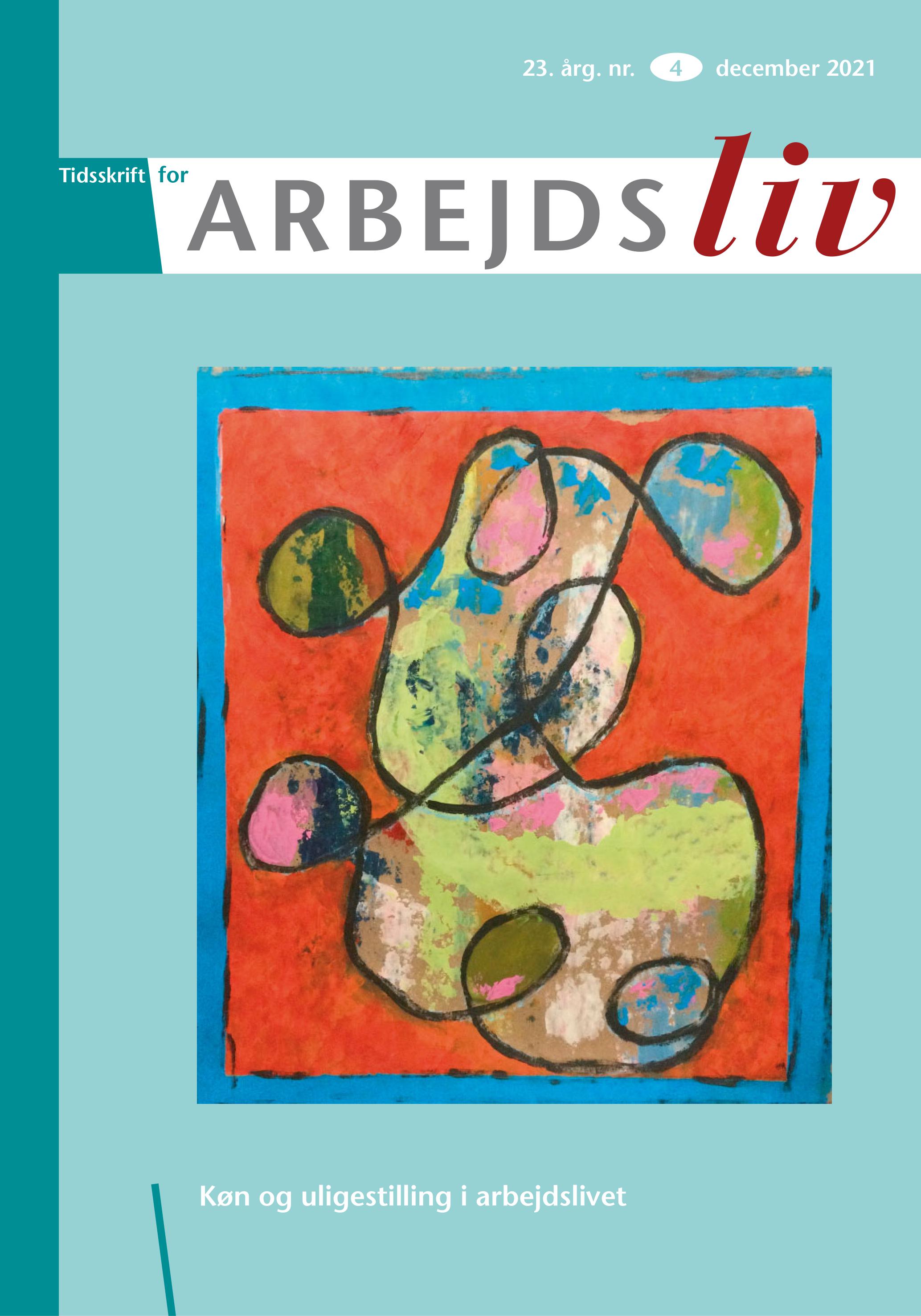Explaining why Demark and Sweden ended up having different VET-systems – a historical institutional analysis.
DOI:
https://doi.org/10.7146/tfa.v23i4.130012Keywords:
Erhvervsuddannelser, Komparativ analyse, Historisk institutionalisme, Sverige, DanmarkAbstract
The paper analyses the historical development of the VET systems in Denmark and Sweden in order to explain, why Denmark and Sweden chose different models. What makes the comparison of the Swedish and the Danish VET systems especially interesting is the fact that although both countries represent rather similar versions of the Nordic Welfare State, Sweden ended up with a comprehensive upper secondary while Denmark maintained a dual model. This combination of similarities and differences represents an opportunity to scrutinize the historical circumstances and dynamics, which characterizes the two ideal types. Theoretically the paper is inspired by historical institutionalism and especially the terms path dependency and critical junctures. It locates the origin of the different paths chosen by Denmark and Sweden to the demolishment of the traditional guild controlled apprenticeship systems model and the subsequent efforts to rebuild the VET systems in a modernized form. The paper concludes that it was not different ideas concerning the ideal VET model, which explains why the two countries chose two different pathways. Instead, the paper points to different class constellations and different patterns of collaboration between the state and the social partners as the decisive factors.
Downloads
Published
How to Cite
Issue
Section
License

This work is licensed under a Creative Commons Attribution-NonCommercial 4.0 International License.
Forfattere, der publicerer deres værker via dette tidsskrift, accepterer følgende vilkår:
- Forfattere bevarer deres ophavsret og giver tidsskriftet ret til første publicering, samtidigt med at værket ét år efter publiceringen er omfattet af en Creative Commons Attribution-licens, der giver andre ret til at dele værket med en anerkendelse af værkets forfatter og første publicering i nærværende tidsskrift.
- Forfattere kan indgå flere separate kontraktlige aftaler om ikke-eksklusiv distribution af tidsskriftets publicerede version af værket (f.eks. sende det til et institutionslager eller udgive det i en bog), med en anerkendelse af værkets første publicering i nærværende tidsskrift.
- Forfattere har ret til og opfordres til at publicere deres værker online (f.eks. i institutionslagre eller på deres websted) forud for og under manuskriptprocessen, da dette kan føre til produktive udvekslinger, samt tidligere og større citater fra publicerede værker (se The Effect of Open Access).





